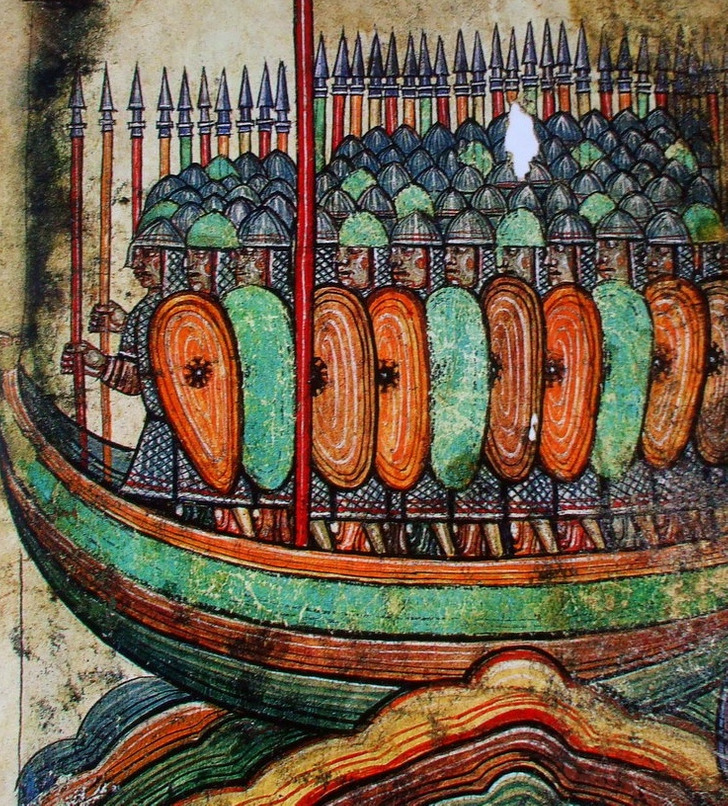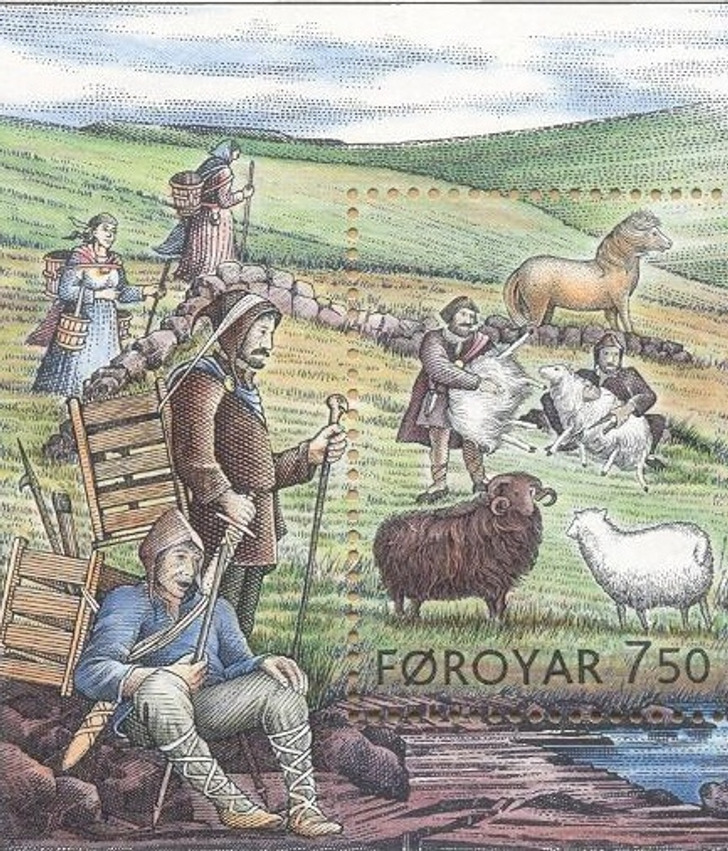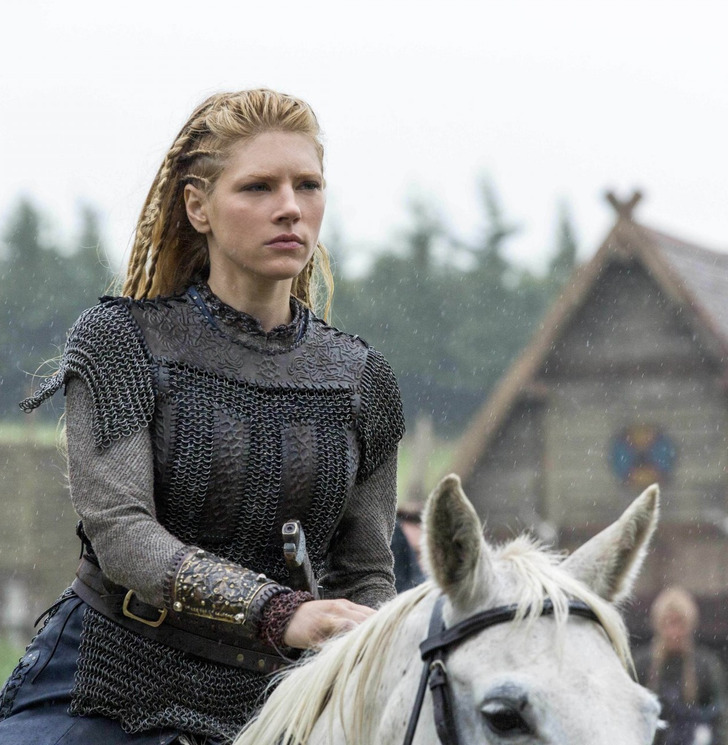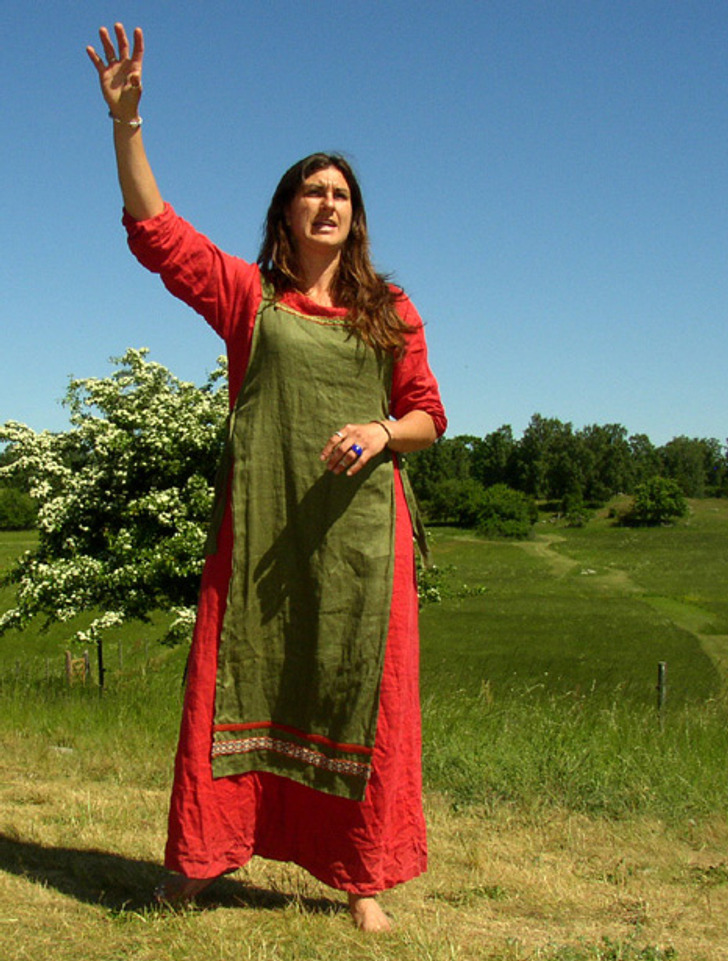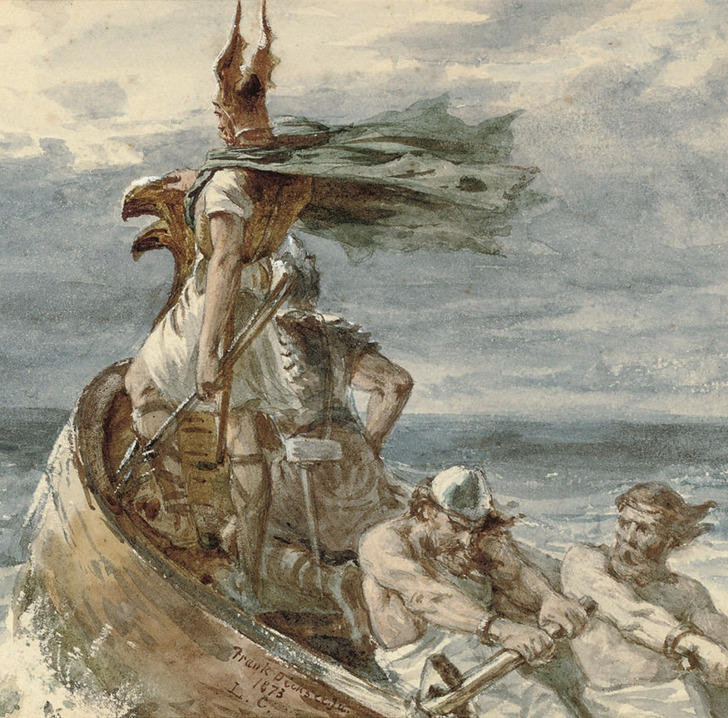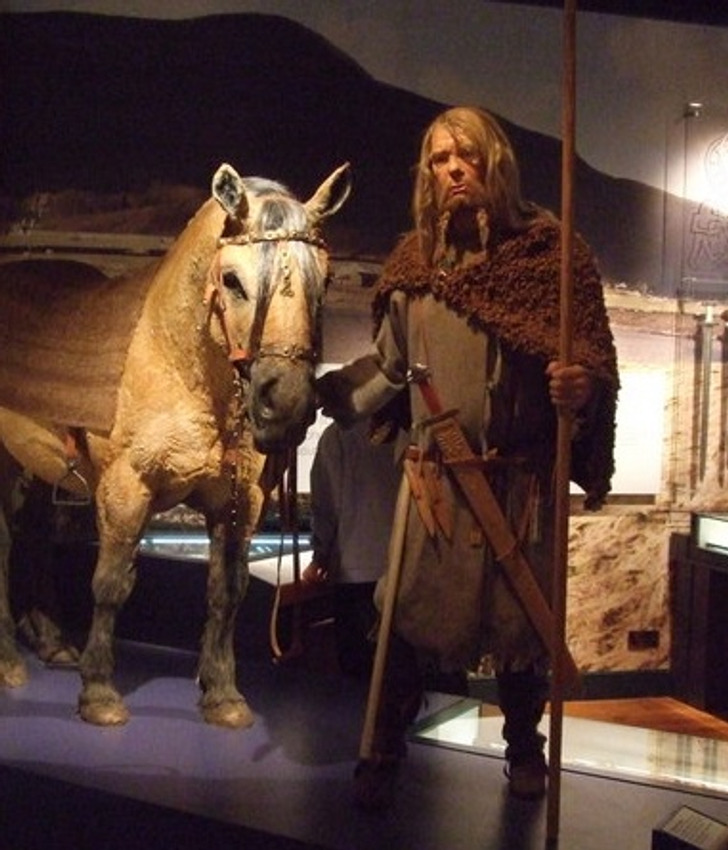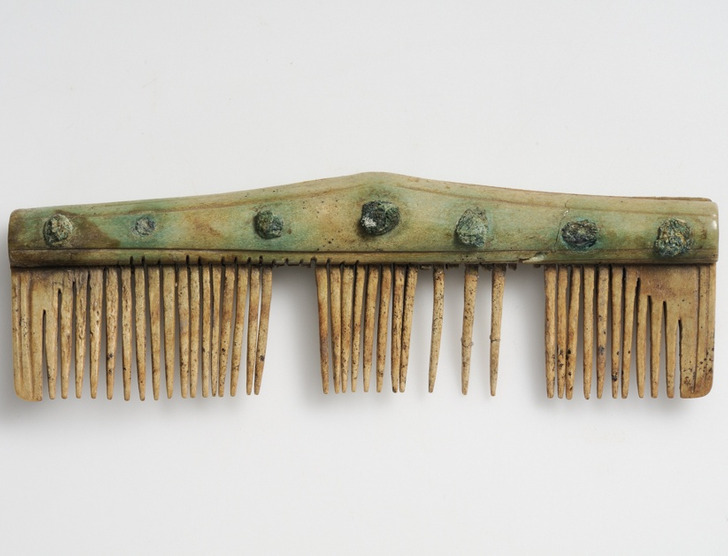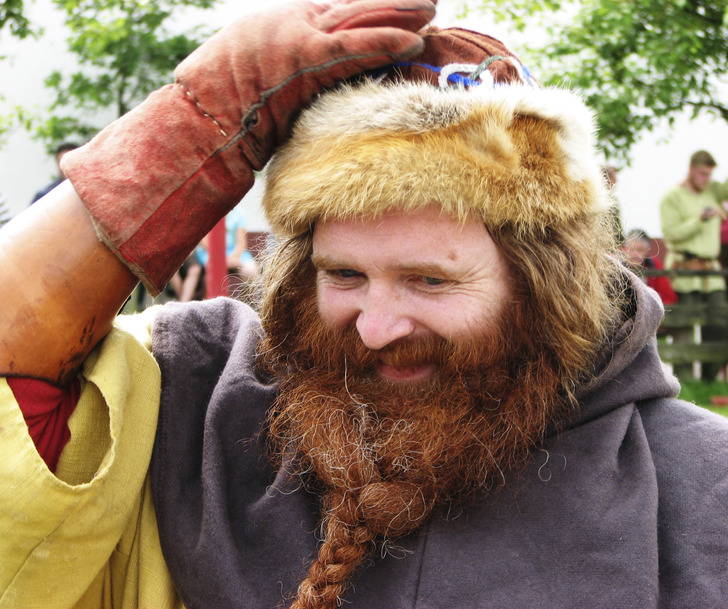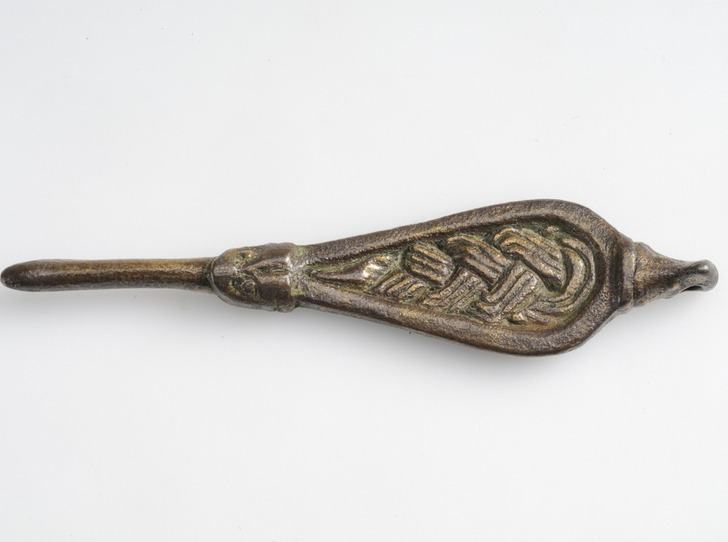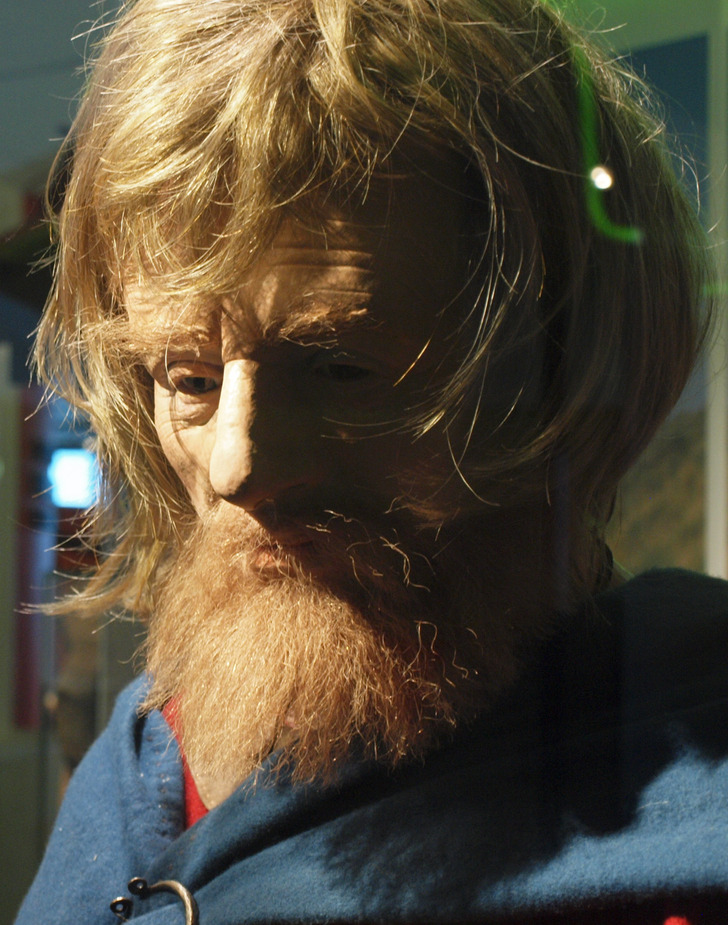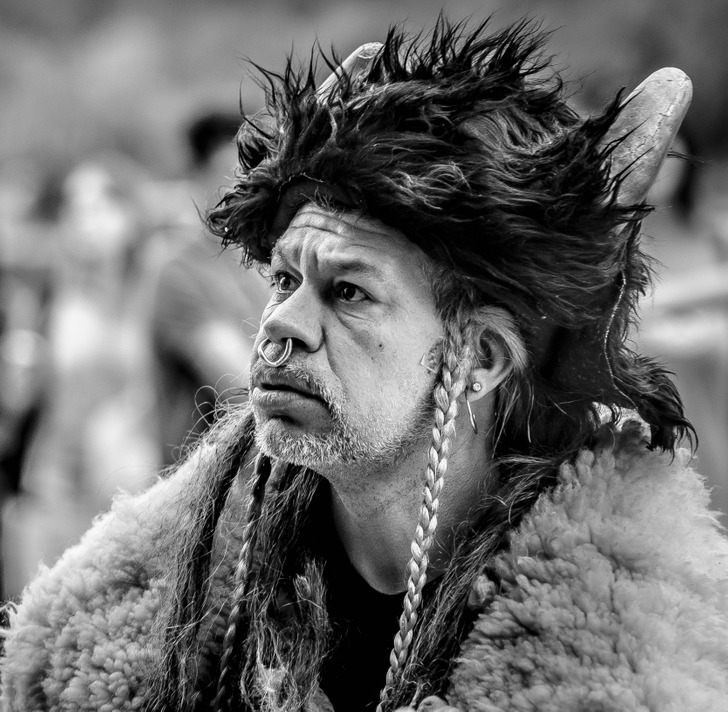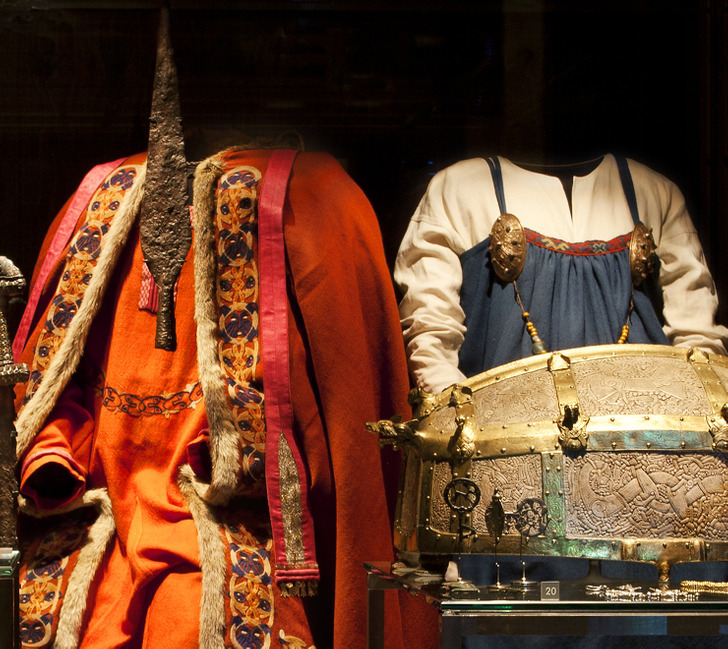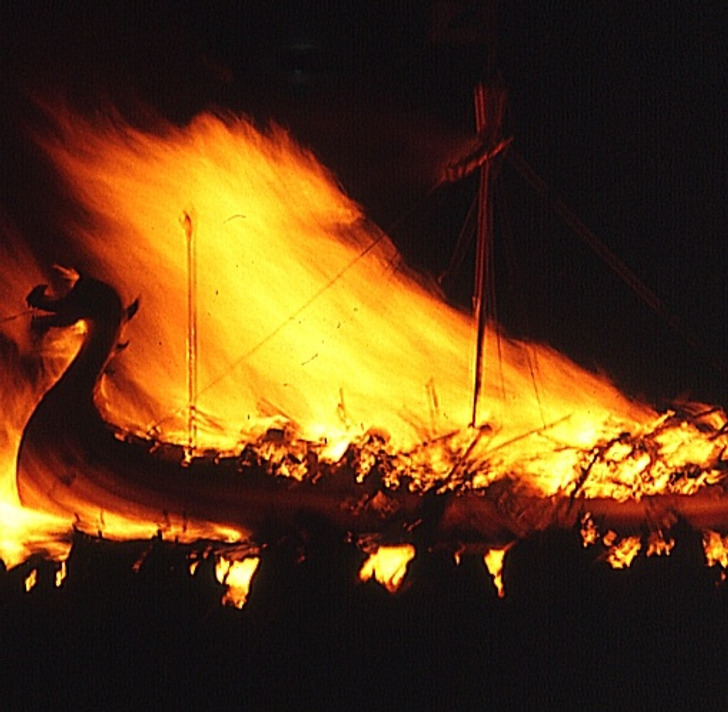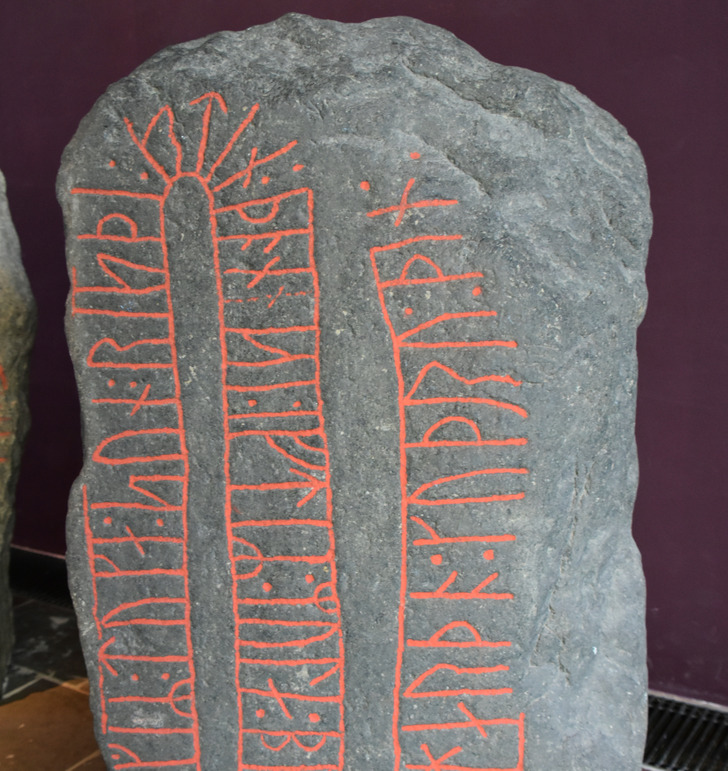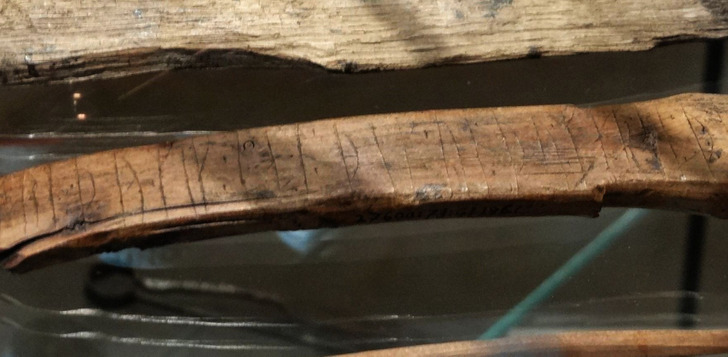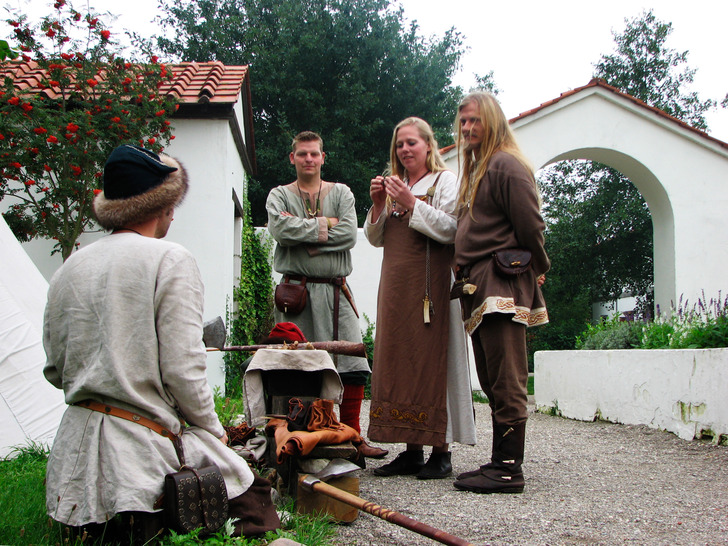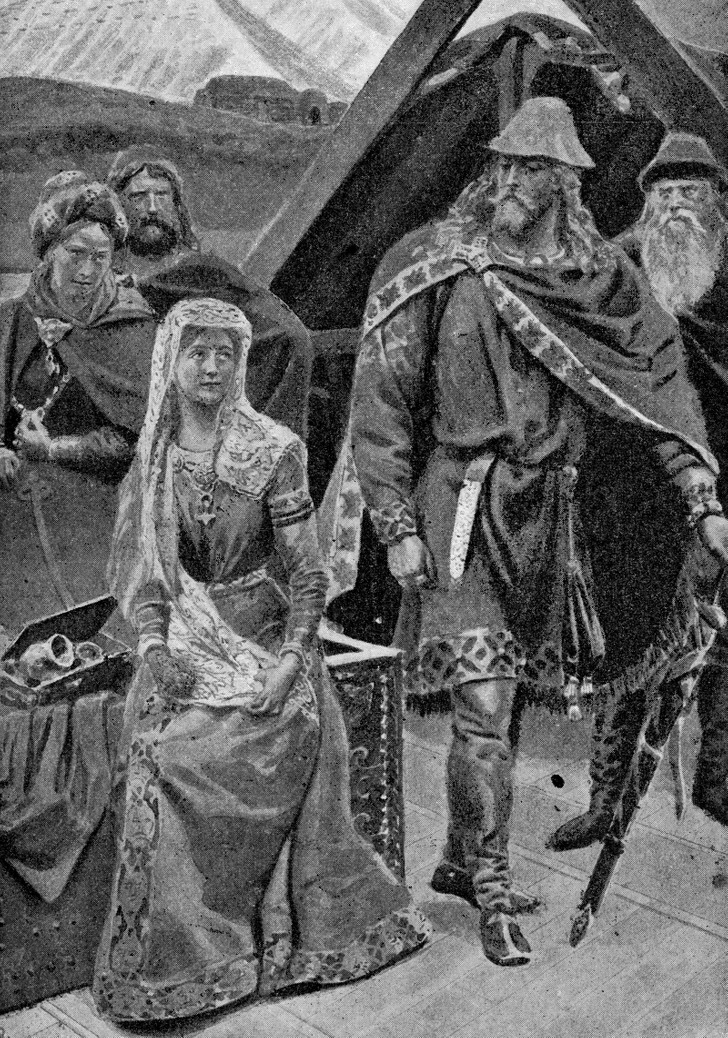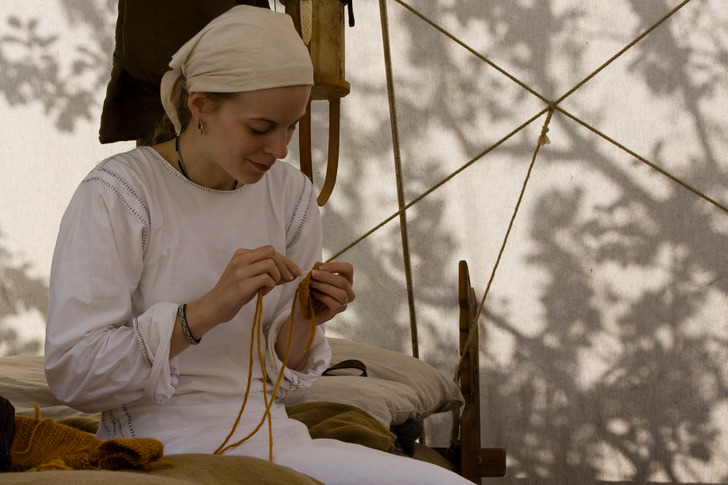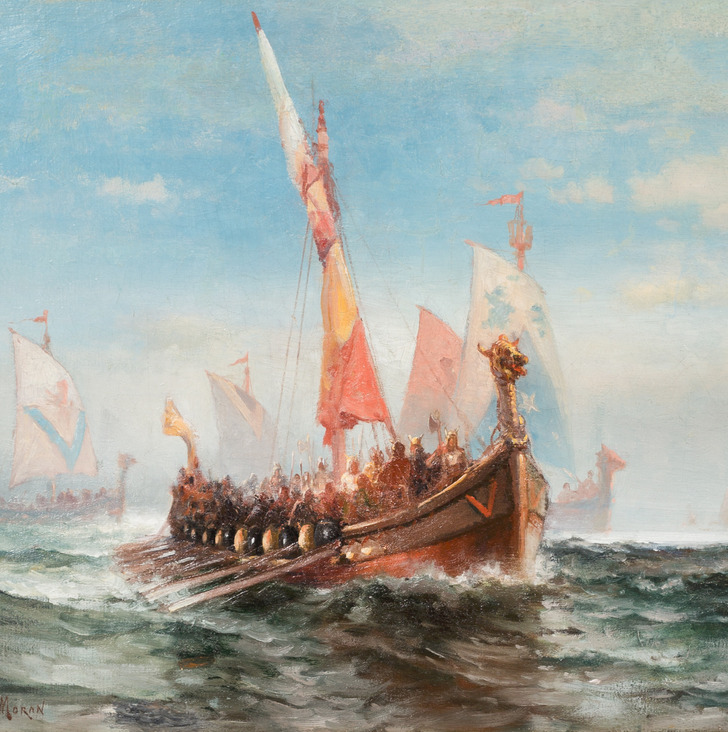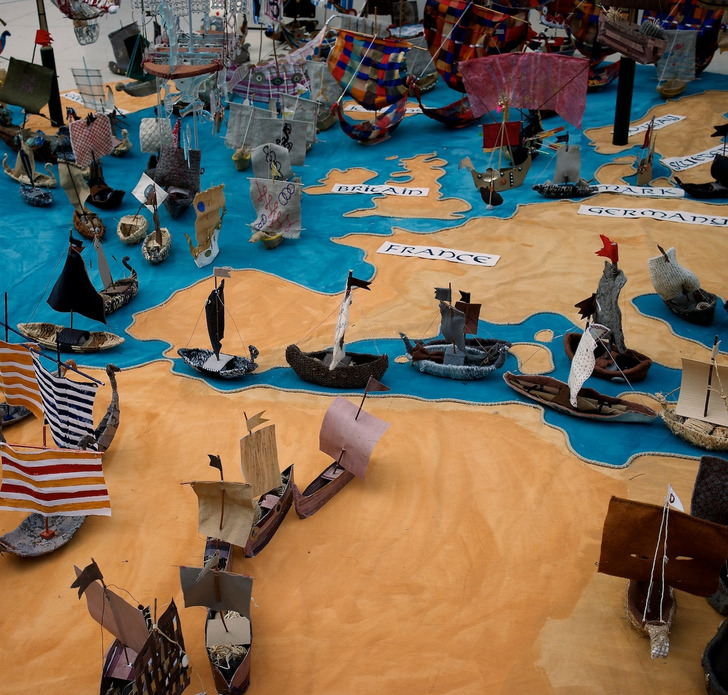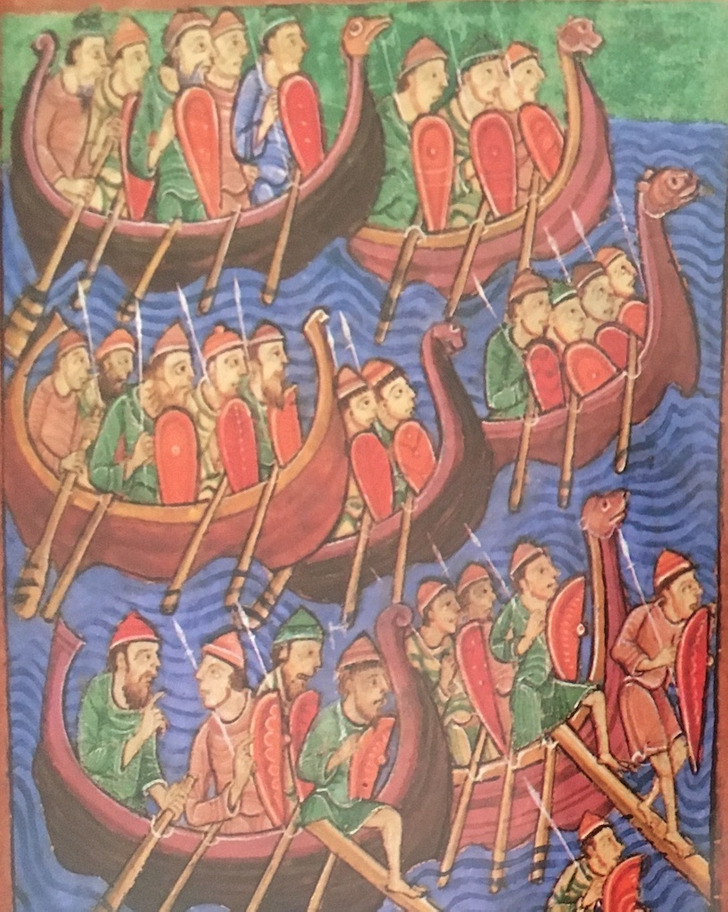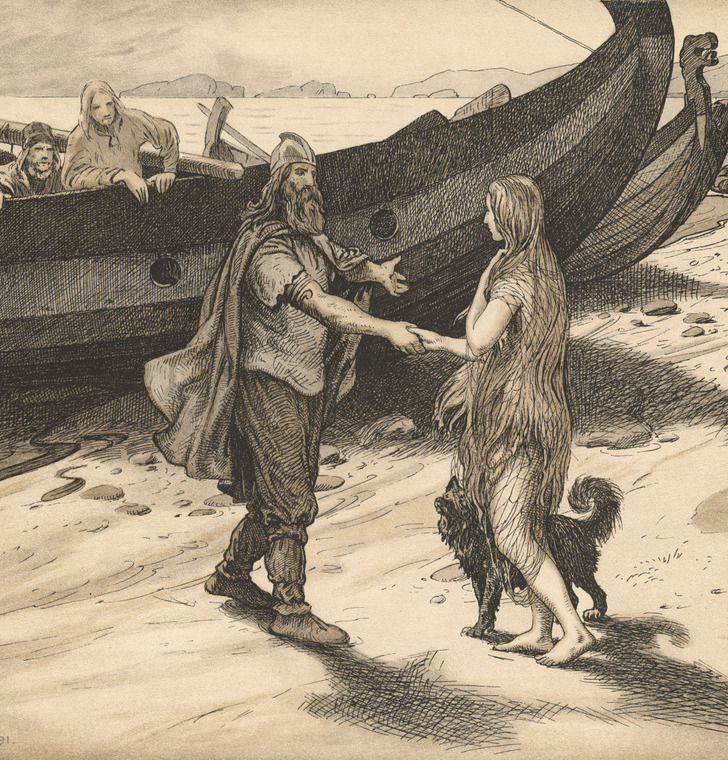12 Myths About Vikings That Television Made Us Believe
We tend to think that Vikings used to be huge, shaggy barbarians who spent their whole lives aboard a warship, making robbery raids and ruthlessly plundering peaceful settlements. However, according to researchers, this is not quite true. Besides, Vikings were so attractive that they broke the hearts of many women in overseas countries.
At CHEERY, we decided to find out what myths about these Scandinavian warriors we believe because of the modern movies and TV series.
1. All people who lived in ancient Scandinavia were Vikings.
The word Viking was used not to name a person living in a certain region, but a profession. And it came from a noun that meant “the act of going raiding overseas”.
Simple farmers, fishermen and even warriors who served on the territory of their own clan were not Vikings. But they could become Vikings at any moment if they decided to join warriors sailing to distant shores for glory and rich profit.
During the Viking Age, there was no single nation but many small groups of people led by their own chieftains. Some of these small kingdoms could unite for a big military campaign, but then these alliances would usually fall apart.
2. Women often accompanied men in military campaigns.
In any case, female warriors were not common because women had a lot of other important roles. They were responsible for the wealth in their household, took care of the village in the absence of men, and protected it if necessary. And this means that often women simply couldn’t leave their homes.
3. Scandinavian warriors were tall savages.
It is true that Vikings were quite muscular. After all, they had to not only participate in military campaigns, but also to work hard on the farm. And the cultivation of the land also required a lot of physical work.
However, according to scientists, Scandinavian men and women were not very tall at the time. Men were around 5.6 feet tall, and the average height of women was 5.1 feet.
Moreover, both women and men were quite similar in appearance. The men’s facial features were a little more feminine and the women’s facial features were a little more masculine. This is why it is quite difficult for archaeologists to determine the gender of skeletons found in burial places without additional tests.
4. Vikings rarely bathed.
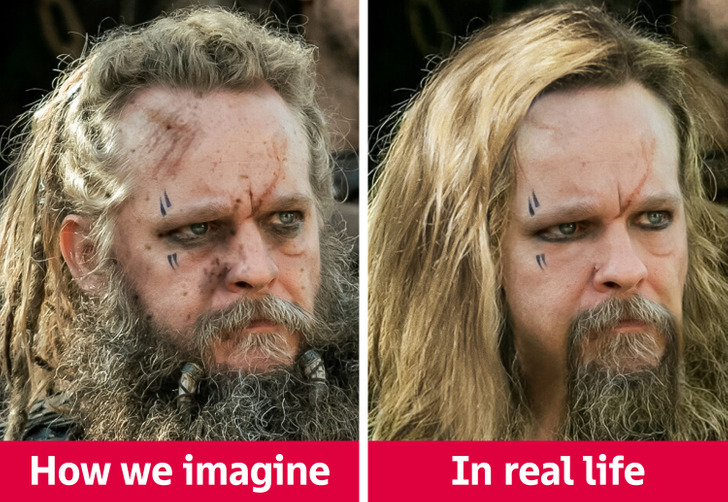
5. They were all blondes.
Fair-haired men and women were indeed common among the Scandinavians in those days. But they lived mainly in the northern lands of the territory of modern Sweden. And in western Scandinavia, which Denmark belonged to, red-haired people lived. But not all Vikings had Scandinavian roots. In those days, people sometimes moved from one region to another.
6. Scandinavian warriors didn’t take care of their health.
Vikings also took care of their elderly people. Archaeological studies show that they treated their fractures and other injuries. And if a person had no teeth, their family would prepare special food for them. So, Vikings were not that cruel after all.
7. They dressed in animal skins and didn’t care about their appearance.
Scandinavian warriors were fond of bright outfits and expensive jewelry. So, modern ideas that they dressed in dull clothes and animal skins are far from the truth.
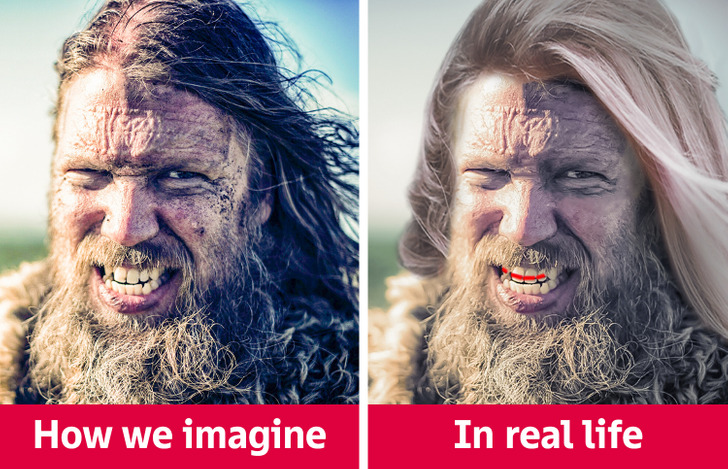
Men used eyeliner made of charcoal and sported numerous tattoos. But perhaps their most mysterious trend was to draw horizontal lines into the enamel on their front teeth. Scientists suggest that warriors painted these lines in red resin to intimidate their enemies.
8. They burned their warships at sea during funerals.
It’s unknown where the myth about Vikings burning their fallen comrades or leaders in warships at sea came from. Most people were buried in the ground. Some high-ranking Vikings could be buried in their longships but on land. And there is no evidence that they placed a body on a ship that was subsequently shot at with fiery arrows and burned at sea.
9. All Vikings were illiterate and had no laws.
With the help of runes, they wrote short agreements, expressed their love, and made notes for every day. And this indicates that the percentage of literacy among ordinary people was quite high.
Vikings abided by the law. They even had the first parliament in history. Meetings called “Things” were held annually, at which new laws were approved and disputes were resolved. Each village had chieftains that were chosen by the community. And people also had freedom of speech in everyday life.
10. A man was the head of the household.
Women in the Viking Age had rights. They could own property and had a say when their parents arranged their marriage. Moreover, a woman could divorce her husband and demand her dowry and part of the property back. And if her spouse died, she inherited his wealth and could dispose of it.
Women ran the household and controlled the use of all foods, goods, and money. So, If a husband wanted to use either of these things, he had to go to his wife first. Women were also allowed to have occupations outside of the home, for example, they could become traders. Sometimes, the power of a woman could become greater than the one of her husband.
11. They were bloodthirsty barbarians.
Vikings were not only engaged in raids. They were successful traders, explorers, and settlers. It’s interesting that after moving to a new place and settling there, the former pirates could quite peacefully coexist with their neighbors. Indeed Vikings were sometimes extremely ruthless during battle, but these were rather dark and cruel times in general.
Vikings could have thanked the ministers of the church for their terrible reputation. Scandinavian warriors often attacked the monasteries because they were an easy target. So, the monks described their invaders as ferocious and bloodthirsty berserkers.
12. Their nicknames meant exactly what we think of them today.
Vikings would give each other bright and inventive nicknames, some of which were not only strange but also quite indecent. However, not all of them appeared in that era. Some warriors acquired their nicknames much later. And some nicknames were mistranslated.
Do you know any other myths about Vikings? Tell us in the comments below.
